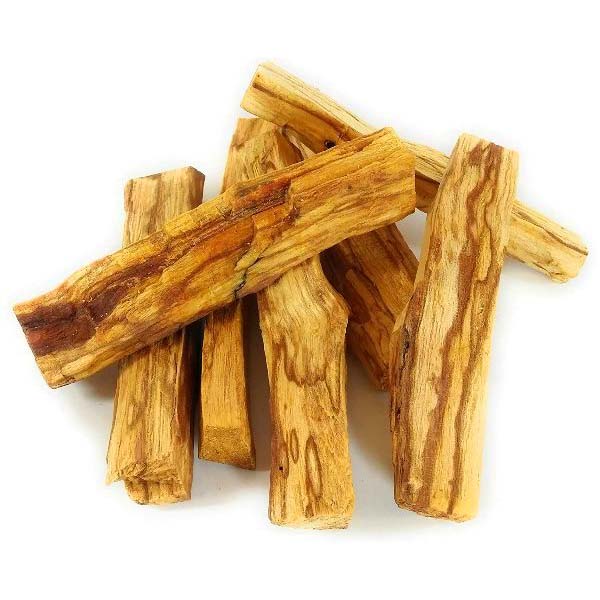Palo Santo
12,00€
Palo Santo is a mystical tree that grows on the coast of South America and belongs to the family Bureseracea, like frankincense, myrrh and copal, and has been used in cleansing and purification rituals since time immemorial.
It has so many healing properties that when the Spanish arrived in the new continent, they called it “Holy”; Palo Santo, the sacred wood.
Almost all ancient cultures have used some type of incense, from the biblical story of the Three Wise Men of the East offering the child God myrrh and incense, to the Babylonians or Egyptians using it, either as a means of offering or as a magical and healing remedy. .
Palo Santo is used as incense to expel negative energies and attract positive ones. Its aroma helps to deepen spiritual moments of meditation and contemplation.


